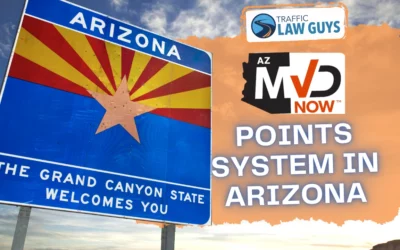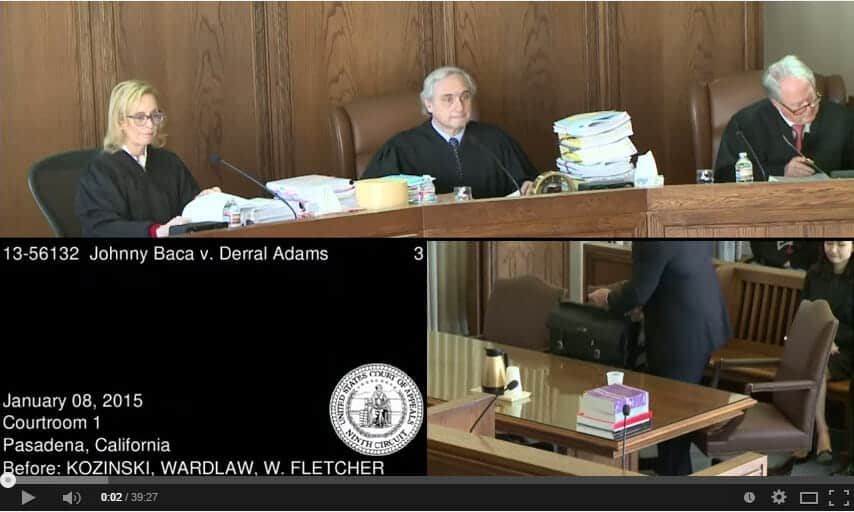Minor In Consumption (MIC)
Let’s fight that ticket.
What does Minor in Consumption mean?
It is unlawful for a person under twenty-one years of age to have in the person’s body any spirituous liquor. A.R.S. 4-244(41)It is notable here that “minor” does not mean under 18; it means under the legal drinking age of 21 years. There is no set level of alcohol required for this charge. Whereas, for example, a standard DUI requires a blood alcohol concentration (BAC) above .08, a MIC charge may be levied against a defendant with any amount of alcohol in their body. There is a separate but related charge called minor in possession that may also be charged if the defendant has physical possession of any alcohol.
Affirmative Defenses to a Minor in Consumption Charge
An affirmative defense means that the defendant admits to committing the violation, but has a defense that makes it okay. In a MIC case, there are two affirmative defenses: The defendant consumed alcohol in connection with the good faith practice of a religious belief or as an integral part of a religious exercise, and in a manner not dangerous to public health or safety. For example, having a sip of wine during communion at church. The defendant consumed alcohol in connection to a good faith medicinal purpose and in a manner not dangerous to public health or safety.Other Defenses to a Minor in Consumption Charge
Like any criminal case, we are looking for problems with the State’s case. Such problems could include:-
- Lack of probable cause.
- Miranda issues.
- Officer credibility.
- Was there any alcohol in the defendant’s body?
- How was it determined that there was alcohol in the defendant’s body?
Potential Penalties For A Minor In Consumption Conviction
A conviction for Minor in Consumption is a criminal class 2 misdemeanor in Arizona. See A.R.S. 4-246(A). This carries the potential for:-
- Up to 4 months in jail.
- Up to $750 in fines plus assessments and surcharges that could nearly double the base fine.
- Up to 2 years probation.
- Community service.
- Alcohol screening and classes.
Collateral Consequences
We often see college students charged with Minor in Consumption. In addition to any consequences on the court side, there are likely to be consequences outside of court too. For example, if a student at ASU is charged with MIC, the police will often notify the university. ASU considers underage drinking a violation of their student code of conduct. ASU will then take disciplinary action against the student. This will likely result in, at a minimum, the student being placed on academic probation. A criminal conviction may also create a disclosure issue when applying for internships, scholarships, jobs, or admission to a licensing body.Diversion May Be Possible
If a defendant is facing a Minor in Consumption charge, and it is the first alcohol-related charge that defendant has experienced, diversion may be possible. Whether or not diversion is available will depend on the particular court and prosecuting agency that are involved in the case. If diversion is available, this can lead to a great outcome. In a diversion scenario, the prosecution is deferred for a period of time to allow the defendant to complete some classes. Once the defendant timely completes the classes, then the charge would be dismissed.
Email Us
Let’s take care of that ticket.
Latest Blog Posts
The MVD Points System in Arizona
We are frequently asked about the Arizona Department of Transportation, Motor Vehicle Division (MVD for short) points system because we handle a lot of traffic cases. A primary concern when someone is charged with a traffic violation is to keep points to a minimum and to avoid a driver license suspension.
Double Standard: Court Says It’s No Big Deal When A Prosecutor Lies
Johnny Baca was convicted of two counts of murder. Baca was tried under a “murder for hire” theory wherein a third party allegedly hired Baca to kill two people, but the person who allegedly hired Baca was never charged. The only evidence concerning Baca’s culpability came from a jailhouse informant who received a reduced sentence in exchange for his testimony.


